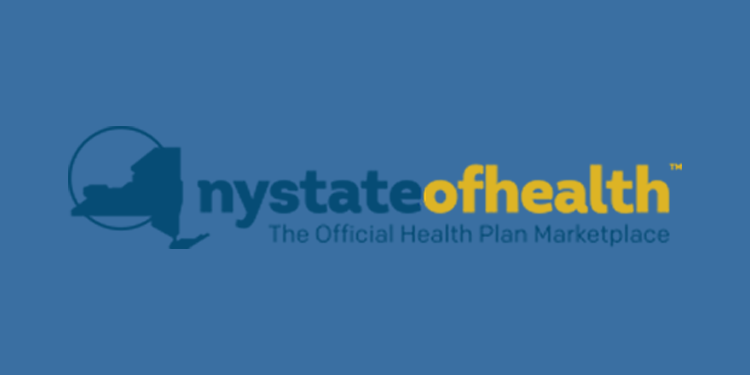Health Insurance Costs, Explained: A Clear Guide to Premiums, Deductibles & More
Confused by premiums, deductibles, and out-of-pocket maximums? This guide breaks down the most important health insurance terms, walks through an example, and shows how to pick a plan that won’t cost you more than it should.

Understanding your health insurance options doesn't have to be complicated. Whether you’re reviewing plans for open enrollment or choosing a policy for the first time, knowing what you’re paying for—and why—can make all the difference. In this post, we’ll break down the five essential cost components of any health insurance plan and explain how they interact.
The 5 Key Terms You Need to Know
- Premium: The monthly amount you pay to keep your health insurance active. It’s like a subscription fee—you pay it whether you use medical services or not.
- Copay: A fixed dollar amount you pay for certain services, like doctor visits or prescriptions. Many plans offer free preventative visits annually, so be sure to check the details.
- Deductible: The amount you must pay out-of-pocket for medical services before your insurance begins to share the costs. Until you hit the deductible, you're covering the full cost of services (minus copays).
- Coinsurance: After hitting your deductible, you start splitting the cost with your insurer. Common plans require you to pay 20%–50% of medical bills until you hit your max out-of-pocket.
- Maximum Out-of-Pocket: Once your total spending (excluding premiums) reaches this limit, your insurance covers 100% of additional covered costs for the rest of the year.
How These Costs Work Together
Think of these five costs as pieces of a puzzle. If you lower one, the others usually go up. For example, if you choose a low monthly premium, expect a higher deductible and coinsurance.
Here’s a simplified example:
- You pay your premium monthly, regardless of doctor visits.
- You see your primary care physician and pay a copay.
- The doctor refers you for tests. You pay the full cost of those tests until you meet your deductible.
- Once the deductible is met, you share costs with your insurer through coinsurance.
- Eventually, after reaching your maximum out-of-pocket limit, insurance pays 100% of additional covered expenses.
Real-Life Example: Meet Judy
Let’s look at how this works in practice. Judy has:
- $1,200 deductible
- $50 copay (which does not apply to her deductible)
- 20% coinsurance
- $5,000 max out-of-pocket
Here’s how her year unfolds:
Visit 1: Preventive check-up. Covered 100% by her plan—no copay or deductible applied.
Visit 2: Specialist referral + MRI:
- $50 copay for the visit
- $1,000 for the MRI (applies to deductible)
- After this, Judy still has $200 left on her deductible.
- This total ($1,050) counts toward her $5,000 out-of-pocket max.
Visit 3: A $4,000 procedure:
- $200 pays off her remaining deductible
- Coinsurance (20% of $3,800) = $760
- Her total for this procedure: $50 copay + $200 deductible + $760 coinsurance = $1,010
At this point, Judy has paid:
- $1,050 (MRI visit)
- $1,010 (procedure)
- Total out-of-pocket: $2,060
- Remaining until max out-of-pocket: $2,940
Why This Matters
Understanding how all these pieces fit together helps you avoid over- or under-insuring yourself. The best strategy? Work with a knowledgeable broker who can help you find a plan that’s balanced for your needs and budget. Whether you're healthy and risk-averse or have ongoing medical needs, your ideal plan will land in the “sweet spot” of coverage and cost.
Remember, just looking at the premium doesn’t tell the whole story. A plan with low premiums might cost more in the long run if you have frequent medical expenses.
Final Thoughts
Healthcare doesn’t have to be confusing. With a little understanding—and the right guidance—you can choose a plan that protects your health and your wallet.
If you need help reviewing your options or understanding your current plan, reach out to Benton Oakfield or call us directly at 212‑365‑4553.
This post is dedicated to Robert Hart, a legend in the employee benefits industry, whose legacy continues through Benton Oakfield.



